
By: Edward Kim
This Earth Month and in celebration of Arbor Day, The Corps Network is highlighting Corps service involving trees. From tree pruning to planting, Corps across the country are working closely to ensure that both rural and urban communities can enjoy the countless benefits of trees.
In the last five years, from 2017 to 2022, Corps planted nearly 5 million trees across the country – an exact total of 4,928,237 trees. Based on recent congressional funding geared towards Corps and increased public interest in the need for trees and forests, we hope to see that number grow in the coming years.
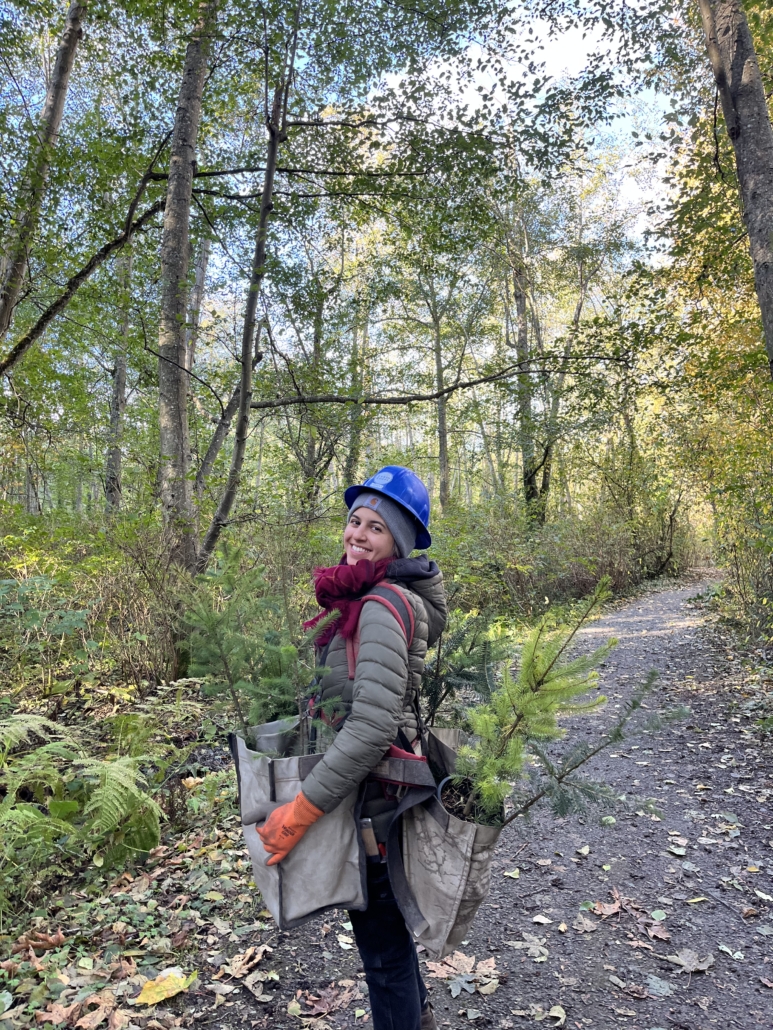
Earth Corps
From 2017 to 2022, Corps planted nearly 5 million trees
Whether it’s clearing harmful invasive species, volunteering to plant trees, donating to tree planting organizations, or caring for a tree in your backyard, we can all take part in embracing trees and their environmental impact. There may even be a Corps near you that works directly with trees that could use your help.
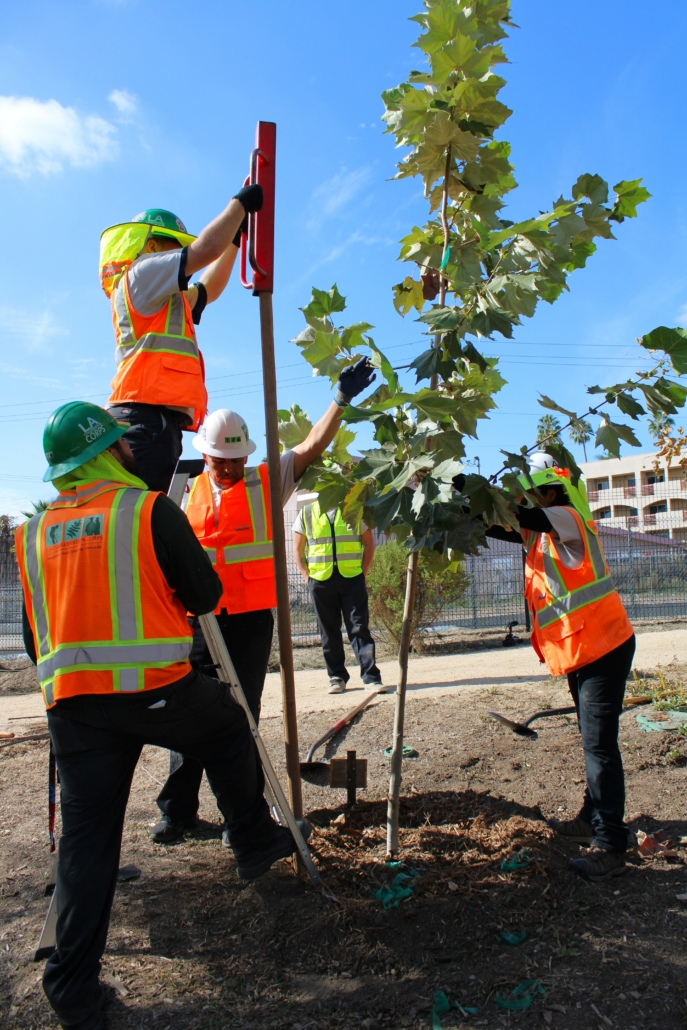
Los Angeles Conservation Corps
Now, none of us aren’t strangers to how trees can improve our lives. Hopefully most of us have sat underneath a tree’s welcoming shade on a hot, sunny day and breathed in fresh air. All of us have used something made of wood. Most of us enjoy the vast amounts of wildlife that thrive amongst the trees, as well as the various foods that trees produce.
There may even be a Corps near you that works directly with trees that could use your help
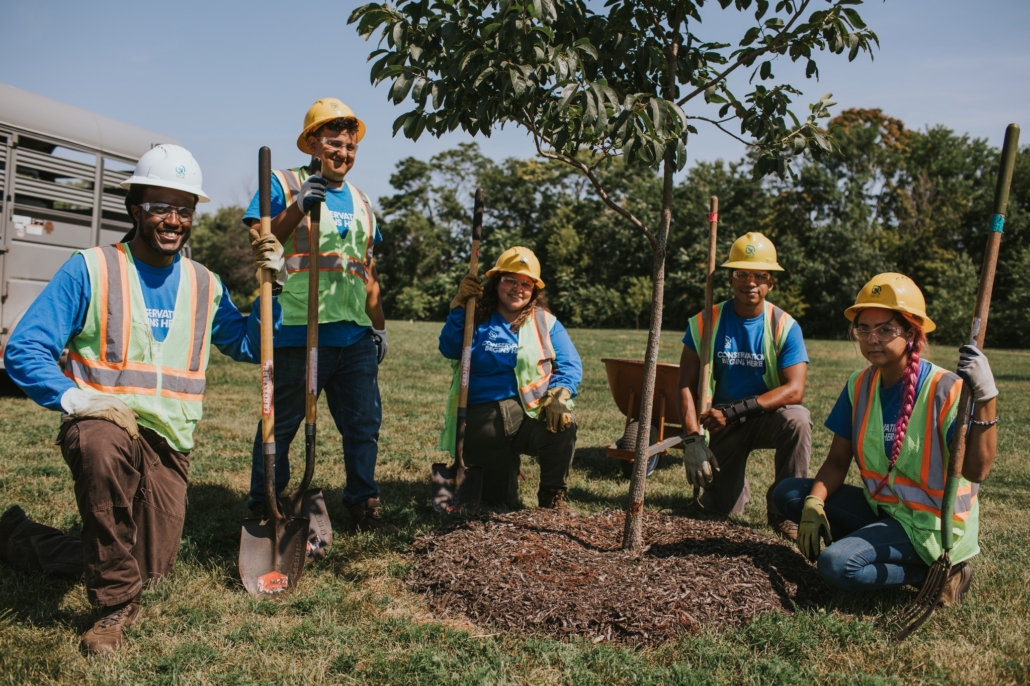
Student Conservation Association
Chances are that you’ve also probably read or come across The Giving Tree, a widely known American children’s book created by Shel Silverstein that tells a simple tale centered on humankind’s relationship with nature.
The story follows a young boy’s lifelong friendship with an apple tree. Equally selfless and generous, the tree sacrifices a part of itself in every chapter of the boy’s life until he’s an elderly man. When the boy was a young child, he used the tree’s branches and shade to swing and play; as a young adult, he sold the tree’s apple for profit; when he wished to build a boat and a house, he sawed down the tree for its wood. Finally, when the boy was only capable of being able to sit and rest due to his old age, the tree happily offers itself as a place for its lifelong friend to sit.
(*Ah, GIVING tree, I get it now*)
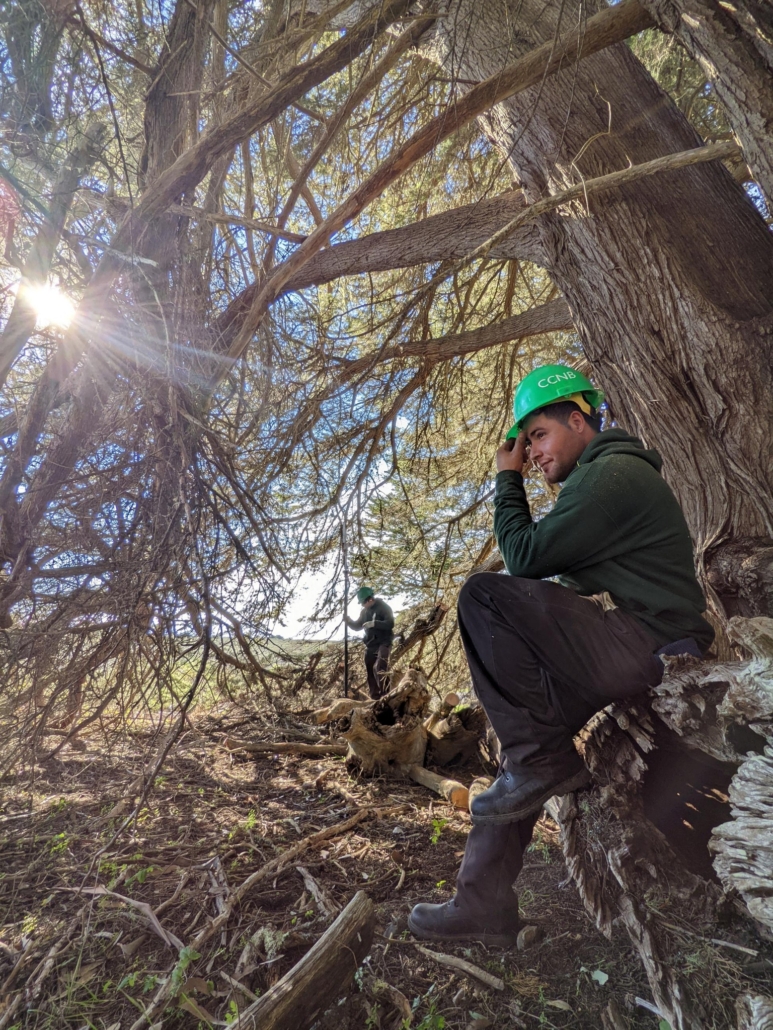
Conservation Corps North Bay
Although this story is presented as a children’s picture book and is usually read in elementary schools, this tale has been heavily dissected and scrutinized. Some interpret the boy’s relationship with the tree as a depiction of greed or parenthood, whereas others may decipher the story’s message as a reflection of humankind’s exploitative nature of the environment. Some view the book as a simple story for kids and nothing more.
Although none of these interpretations are incorrect, I can’t help but dwell on this book from an ecological viewpoint–specifically on the various positive and crucial qualities trees provide in our everyday lives that are tastefully outlined in each chapter and briefly listed in this blog. More pressing in my mind, however, is how trees are inextricably intertwined with humanity’s fight against climate change.
Like The Giving Tree, you’ve probably heard of photosynthesis (most likely in the same school you first read The Giving Tree). It’s worth pointing out that this carbon-capturing process allows for trees and forests to be one of the most effective tools in combatting the climate crisis. Humans have yet to invent a system that can effectively and quickly eliminate harmful gases in the atmosphere as well as trees, which critically capture and store carbon in their trunks, branches, leaves, and roots.
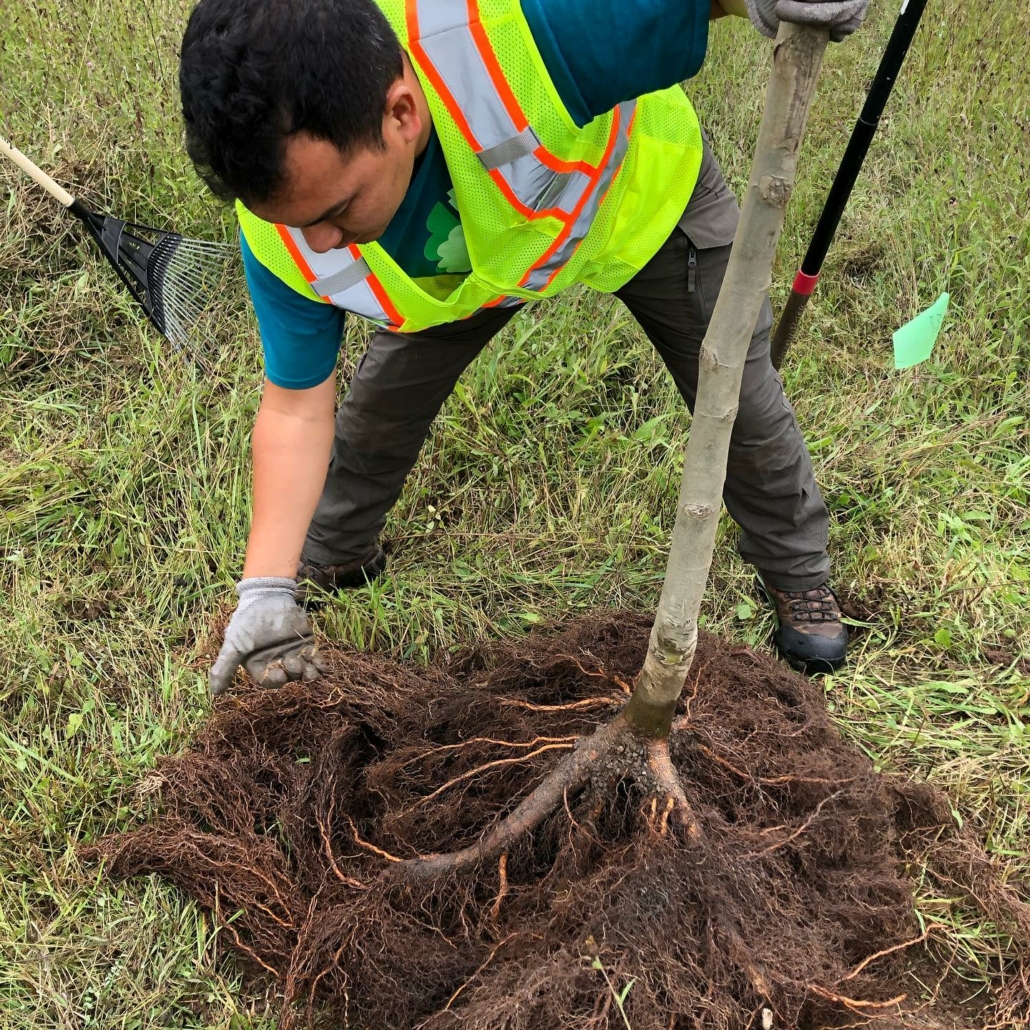
Onondaga Earth Corps
Trees are inextricably intertwined with humanity’s fight against climate change
With conservationists and scientists desperately calling for drastic reductions of greenhouse gas emissions and the removal of carbon from our atmosphere, trees’ CO2-capturing qualities are needed now more than ever to curb the rapid rise in global temperature. Deforestation and more frequent wildfires directly are targeting trees around the globe at alarming rates, but hope is not lost in the Corps world. You could even argue that Corpsmembers are doing the exact opposite of what the boy did in The Giving Tree; thousands of Corpsmembers each year actively work to increase the number of healthy trees in nearly every state in America.
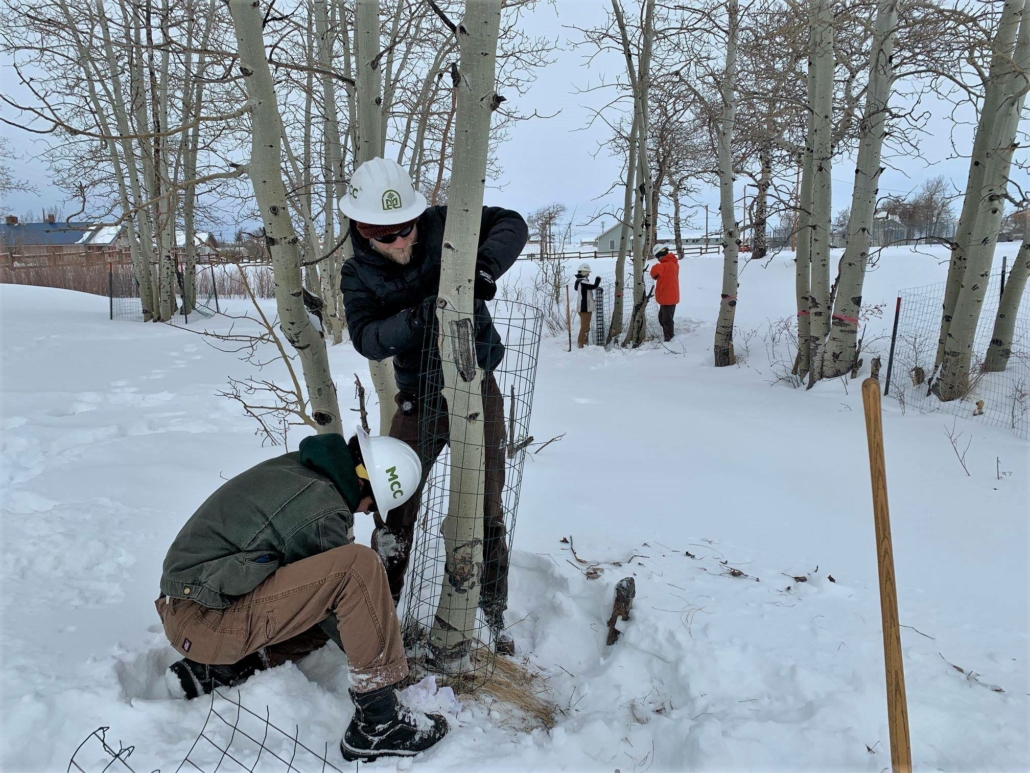
Montana Conservation Corps
Stay tuned for more content that highlights Corps’ crucial work with trees, and whenever you next come across a tree or forest, maybe think of a way that YOU can give back to trees.
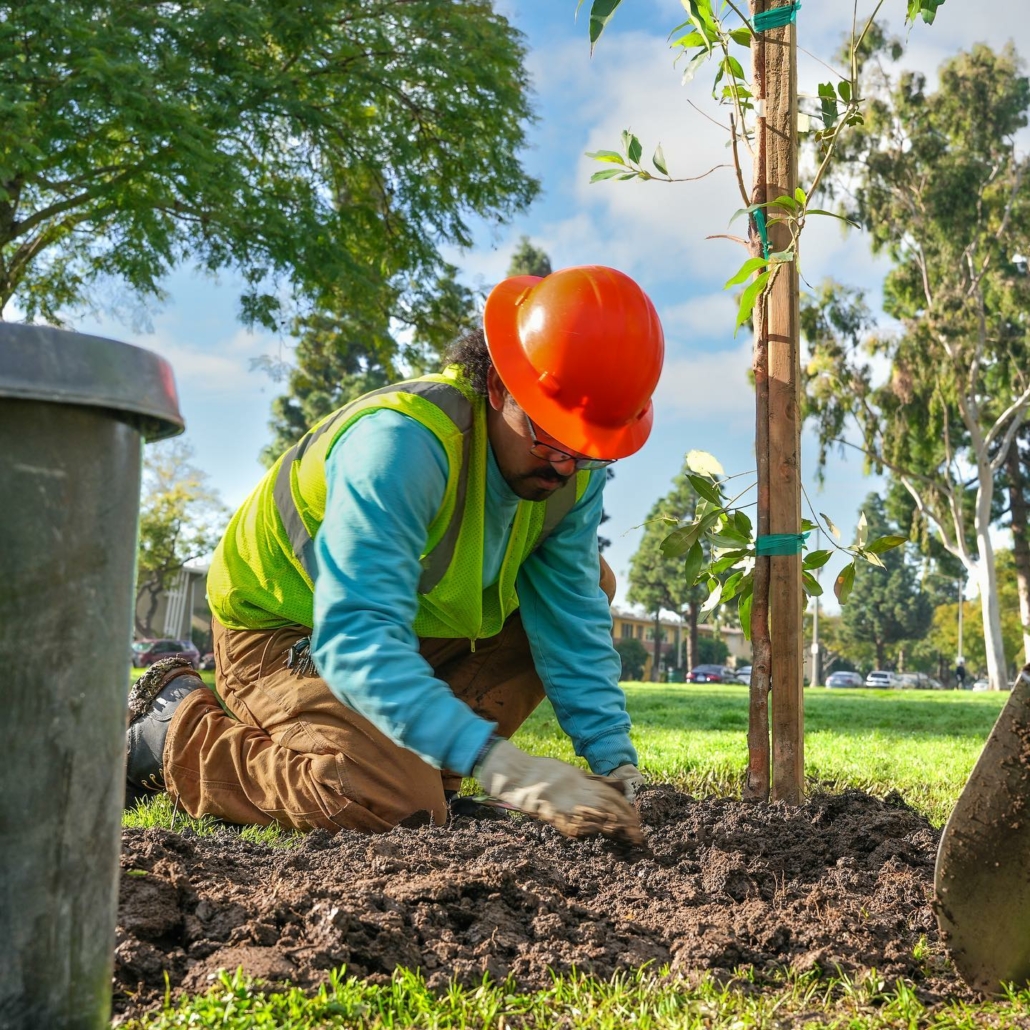
Conservation Corps of Long Beach


































































